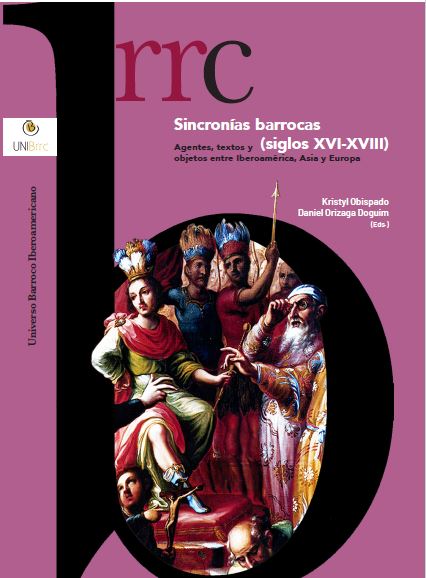Cabecilla principal de sangleyes and Chinese immigration in the late- eighteenth century Philippines
Sincronías Barrocas (Siglos XVI-XVIII): Agentes, textos y objetos entre Iberoamérica, Asia y Europa
This paper explores the important roles of the cabecilla principal de sangleyes (also called capitan chino)—the highest leader of the Chinese community in Manila—in the recruitment, transportation, and employment of Chinese immi- grants in the Philippines during the late eighteenth century. Using the experi- ences of cabecillas principales Nicolas Quito and Bartolome Pitco and framed within the political and socio-economic milieus of the period, it describes and analyzes (1) the need for the Spanish colonial government to use these Chinese
community leaders in bringing new immigrants into the colony; (2) the factors that made them the most suitable “immigration agents”; and, (3) the benefits that they and the colonial state obtained from such conscription and migration arrangements. Comparisons are made between these two cases, especially as Quito spearheaded the migration process while the Chinese immigration ban was still in effect. In contrast, Pitco did it when the Chinese were again allowed to return to the islands. This paper aims to contribute to a better understanding of the Chinese community and its leaders, colonial administration and various aspects of Philippines-China relations during the early colonial period.
community leaders in bringing new immigrants into the colony; (2) the factors that made them the most suitable “immigration agents”; and, (3) the benefits that they and the colonial state obtained from such conscription and migration arrangements. Comparisons are made between these two cases, especially as Quito spearheaded the migration process while the Chinese immigration ban was still in effect. In contrast, Pitco did it when the Chinese were again allowed to return to the islands. This paper aims to contribute to a better understanding of the Chinese community and its leaders, colonial administration and various aspects of Philippines-China relations during the early colonial period.
Keywords
Chinese laborers
cabecilla principal
immigration
Manila
Faculty Involved:

Jely A. Galang, Ph.D.
Professor
Focus: Nineteenth century Philippines, Modern history of East Asia particularly China, History of Crime and Punishment



